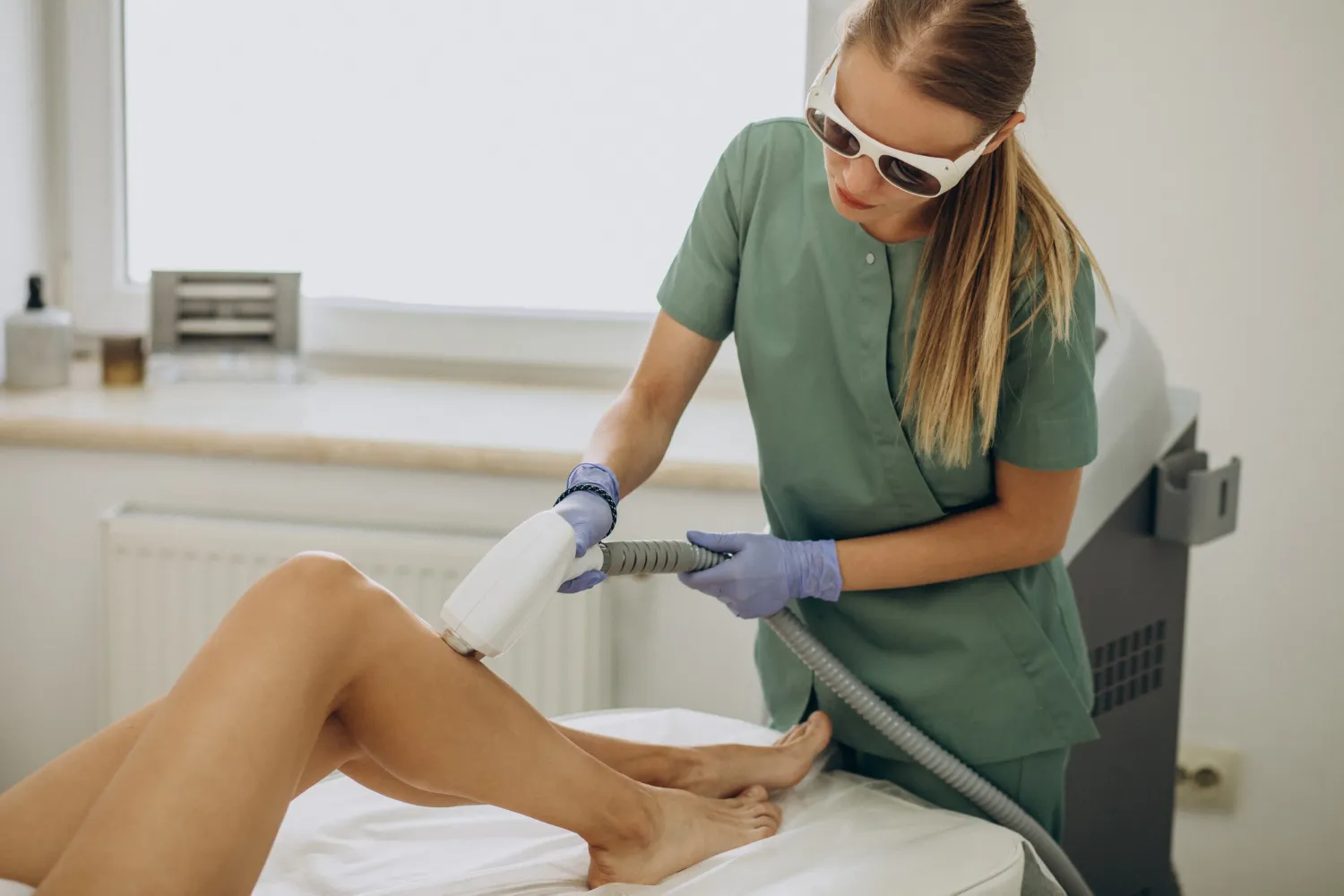When it comes to reducing unwanted hair growth, one of the most sought-after cosmetic procedures is the use of targeted laser technology. However, it’s crucial to understand that not all skin types respond similarly to this treatment. This guide will delve into the nuances of using laser hair removal methods across various skin types, ensuring that individuals can make informed decisions and achieve optimal results.
Understanding Skin Types and Laser Compatibility
The efficacy and safety of this procedure largely depend on correctly identifying your skin type. The Fitzpatrick scale, which categorises skin based on colour and reaction to sun exposure, is a key tool specialists use. It ranges from very fair (Type I) to very dark (Type VI), helping predict how your skin might react to laser treatments.
Skin Types I to III: Light to Medium Skin Tones
Individuals with lighter skin tones, classified as Fitzpatrick Types I to III, usually find the procedure to be more straightforward. The high contrast between the hair and skin colour allows the laser to effectively target the melanin in the hair, minimising risks to the surrounding skin. Technologies commonly used for these skin types include Alexandrite and Diode lasers, which are excellent for targeting coarse, dark hair.
Skin Types IV to VI: Medium to Dark Skin Tones
Those with darker skin, from Type IV to VI on the Fitzpatrick scale, need a more careful approach. The lower contrast between hair and skin colour increases the risk of accidental skin damage as the laser can target the melanin in the skin itself. Nd: YAG lasers are often preferred for these skin types due to their longer wavelengths, which are better at targeting hair follicles without affecting skin pigment, thus reducing the risk of burns and pigmentation issues.
Pre-Treatment Care
Optimal pre-treatment preparation is crucial across all skin types for ensuring effective results and minimising risks:
Consultation and Patch Testing
A thorough professional consultation is essential. Technicians should perform a patch test on a small skin area to check for any reactions, especially in darker skin tones.
Avoid Sun Exposure
Patients should avoid sun exposure and tanning before treatments. Sun-kissed or sunburned skin can complicate the laser’s efficacy and increase side effect risks.
Hair Prep
The area to be treated should be shaved a day before your session. This preparation ensures the laser can efficiently target the hair roots, which is necessary for the procedure’s success.
During the Treatment
Here’s what to expect during the laser session, regardless of skin type:
Cooling Measures
Most clinics employ a cooling mechanism throughout the treatment to protect the skin and minimise discomfort.
Adjusting the Laser Settings
Settings adjustments during the session are tailored to each individual’s skin type, hair colour, and texture, ensuring the treatment is both effective and safe.
Post-Treatment Care
Proper care following the procedure can enhance recovery and comfort:
Soothing the Skin
Applying a soothing gel or cream, like aloe vera, can help reduce irritation and redness post-treatment.
Avoiding Heat
To prevent irritation, patients should avoid hot showers, saunas, and harsh physical activity for at least the first 24 to 48 hours.
Sun Protection
Protecting the treated areas from the sun using a broad-spectrum SPF30 or higher to prevent pigmentation changes is critical.
Results and Expectations
Setting realistic expectations is important:
Multiple Sessions Required
Several sessions are generally needed to achieve comprehensive results, as hair grows in different stages, and the laser works best on new growth.
Maintenance Sessions
Periodic maintenance treatments may be needed to keep the area’s hair-free appearance.
Understanding the unique considerations for different skin types can lead to successful outcomes with laser hair removal. By selecting experienced professionals and adhering to their guidelines, individuals can ensure safe and effective treatments tailored to their specific needs. Whether considering starting treatments or optimising ongoing sessions, comprehensive knowledge and proper care are your best tools.

Jasper Bruxner is a passionate and versatile blogger with a keen eye for trends and a knack for crafting engaging content. As the founder of WendyWaldman.com, he has established himself as a trusted resource in a diverse range of niches, including food, tech, health, travel, business, lifestyle, and news. He tends to share the latest tech news, trends, and updates with the community built around Wendywaldman. His expertise and engaging writing style have attracted a loyal following, making him a respected voice in the online community.




